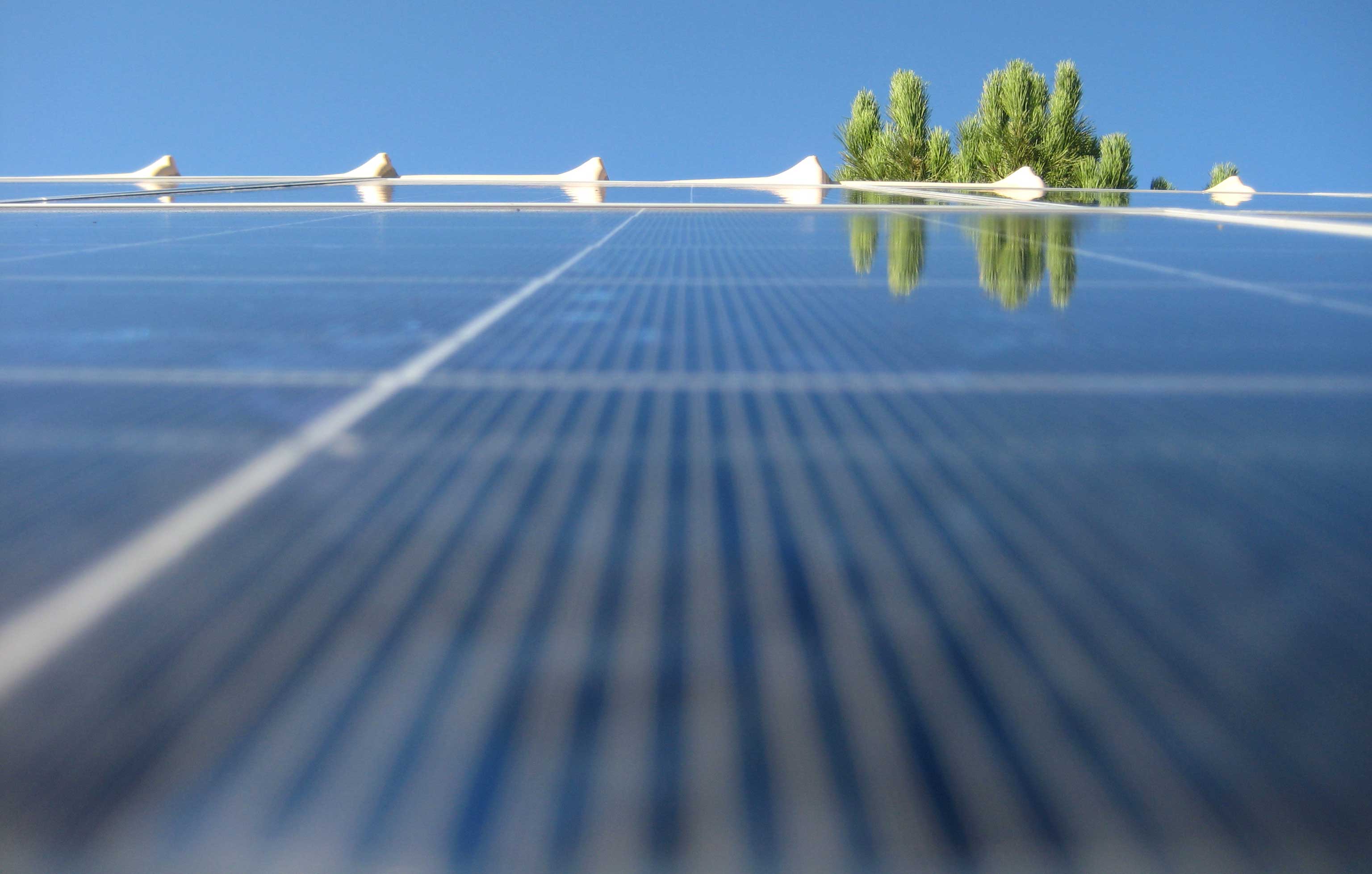Photovoltaic in the United Kingdom – an overview
Country: United Kingdom (UK)
Area: 244,820 km2
Population: 61.8 Million
Language: English
Government: Parliamentary Constitutional Monarchy
Electricity Consumption: 341,918 GWh/Year
Electricity Import: 5,234 GWh/year
Percentage Renewable Energy: 5.1%
Percentage Photovoltaic: 0.07%
Installed Photovoltaic Output: 1 GW
Solar Irradiation: 750kWh/m2 to 1,100kWh/m2
Electricity and PV in the United Kingdom
The largest energy sources in the UK are Coal, Gas and Oil, comprising over three quarters of the country’s total energy production. Renewable energy is receiving more and more government support, however, due to the UK’s geographic location photovoltaic plays only a minor role in these developments. Currently only 0.07% of electricity production comes from solar installations.
Policy and Feed-in Tariffs
Since the 1st of April 2010, the United Kingdom provides feed in tariffs for renewable energy. The primary beneficiaries of these tariffs are private households. They receive subsidies when they produce electricity that is not fed back into the grid, but rather used directly at home. Installations over a total capacity of 5MW are not supported.
The original range of the subsidies was between 0.1049 €/kWp and a maximum of 0.5343 €/kWp. The following cutbacks of 2011 were further decreased in September and November 2012, with a current subsidy range of 0.0876 €/kWp to 0.19 €/kWp. The larger the installation, the lower the tariff.
Grid Parity in the United Kingdom
Net parity in the United Kingdom has still not been achieved. Predictions place grid parity in the year 2020.
Outlook
The United Kingdom must fight to keep the momentum of its renewable energy development going. To this end, this year more money has been freed up. At any rate, discussions are already in progress regarding the establishment of feed in tariffs for renewables. Low acceptance in industry and politics, and well as the difficult geographic situation, do not bode well for PV development. Oft overlooked, however, is the fact that London lies farther south than Berlin – conditions exist for photovoltaic in the southern parts of the UK.
Source: British Photovoltaic Association UK Solar PV Update, November 2012











